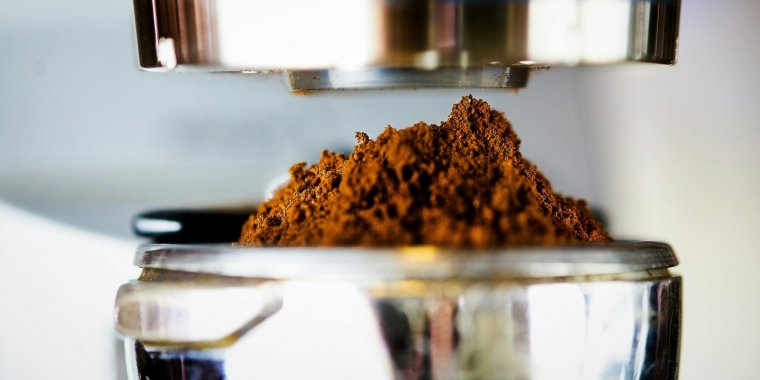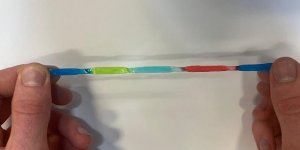| Technology |
Charred Coffee Grounds Could Strengthen Concrete by 30%
Researchers in Australia have discovered that adding processed charred coffee grounds to concrete can make it 30% stronger, offering a potential solution to both construction and waste management challenges.

Charred Coffee Grounds Could Strengthen Concrete. Photo: & Bloss/Unsplash
This innovative approach could help address multiple environmental issues simultaneously.
Globally, around 10 billion kilograms (22 billion pounds) of coffee waste is produced annually, most of which ends up in landfills.
"The disposal of organic waste poses an environmental challenge as it emits large amounts of greenhouse gases including methane and carbon dioxide, which contribute to climate change," said Rajeev Roychand, an engineer at RMIT University.
At the same time, the growing global construction industry is putting increasing pressure on natural resources, particularly sand, which is crucial for concrete production.
"The ongoing extraction of natural sand around the world – typically taken from river beds and banks – to meet the rapidly growing demands of the construction industry has a big impact on the environment," explained RMIT engineer Jie Li.
"There are critical and long-lasting challenges in maintaining a sustainable supply of sand due to the finite nature of resources and the environmental impacts of sand mining. With a circular-economy approach, we could keep organic waste out of landfill and also better preserve our natural resources like sand," Li added.
However, organic materials like coffee grounds cannot be directly mixed into concrete, as they release chemicals that weaken the material’s strength.
To overcome this, the researchers pyrolyzed the coffee waste, a process that heats the grounds to over 350°C (around 660°F) without oxygen.
This process breaks down the organic molecules and produces biochar, a carbon-rich charcoal that can bond with cement.
The team found that heating the coffee grounds to 500°C did not produce biochar particles as strong as those generated at 350°C.
Despite the promising results, Roychand and his colleagues noted that further research is needed to assess the long-term durability of the coffee-infused concrete.
The team is currently testing how the material holds up under various stressors such as freeze/thaw cycles, water absorption, and abrasions.
Additionally, the researchers are exploring the potential of creating biochar from other organic waste sources like wood, food waste, and agricultural materials.
"Our research is in the early stages, but these exciting findings offer an innovative way to greatly reduce the amount of organic waste that goes to landfill," said RMIT engineer Shannon Kilmartin-Lynch.
"Inspiration for my research, from an Indigenous perspective, involves Caring for Country, ensuring there's a sustainable life cycle for all materials and avoiding things going into landfill to minimize the impact on the environment," Kilmartin-Lynch added. (Tasnim News Agency)
YOU MAY ALSO LIKE





